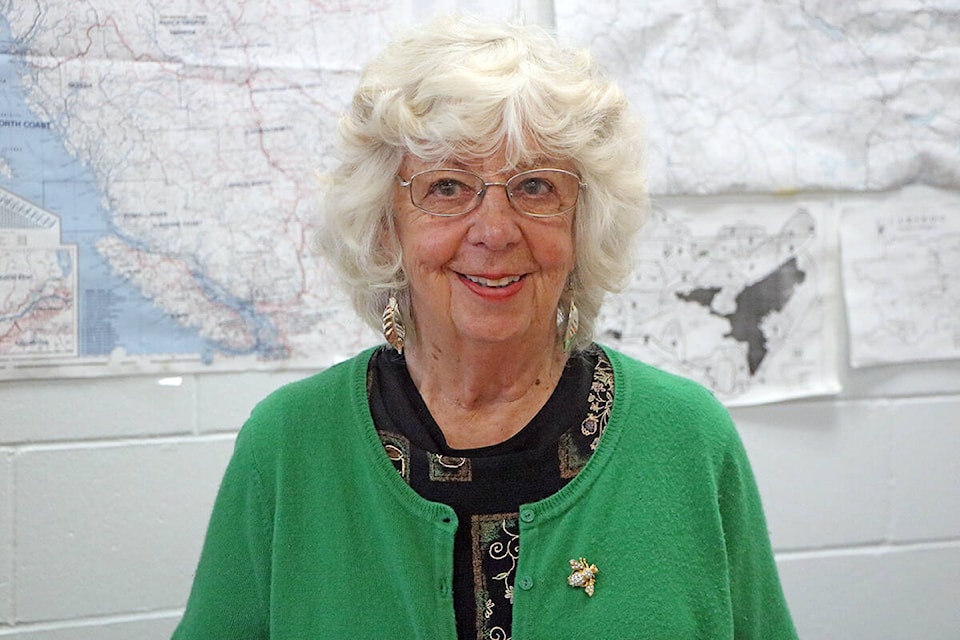During World War II many young men from the Cariboo, sons of ranchers and loggers, left their homes to enlist in the British Commonwealth Forces. Two of those boys never came home.
Oliver Reginald Bates grew up on a homestead on Bates Road, near Forest Grove. In those days, Bates Road was the main road from what is now Canim-Hendrix Lake Road to the valley known as Hood’s Hollow, and to the Canim Lake area beyond.
Ollie, as he was called, and his father Fred, raised horses. Ollie was especially proud of a certain mare and would challenge other boys to spirited races that were sometimes dangerous. Jay Houseman was seriously injured during one race and said later on that Ollie was a “lot of fun, a wild guy on a horse.”
Oliver enlisted and was called up to the Seaforth Highlanders of Canada. On July 10, 1943, his unit joined a combined force of 160,000 Commonwealth and American soldiers in the invasion of Sicily. It was to be the first step in a massive attack on the Italian mainland. The opposing Italian forces offered little resistance. At the time they were negotiating with the allies to surrender and re-join on the Allied side.
However, the Germans put up a fierce, relentless fight.
Oliver Bates died in that conflict on July 18. He is buried in the Agira Canadian War Cemetery in Sicily, along with 490 other Commonwealth casualties.
Eugene Cache Bourgeois was born in a log home on the corner of Wilcox and Eagle Creek roads in Forest Grove. Cache was a lively, entertaining fellow whose main interest for several years was squirrel hunting. At the time, local youngsters sold squirrel skins at the Forest Grove Store and Trading Post for seven cents a skin. Squirrel skins were often used to line pilots’ helmets.
Cache’s father, Eugene, had served in World War I and had been badly wounded at Passchendaele in 1917. This did not deter Cache from enlisting for service in the Second World War as soon as he became of age. In 1942, he was notified that he was to join the Seaforth Highlanders in Calgary.
Cache wrote to his friend Jack Wilcox from a transit camp in Nova Scotia, where his unit was waiting to be shipped overseas. “It rains or snows every day and so all of us have bad colds … Merry Xmas.”
Eventually, Cache became part of the Regina Rifle Regiment. In March of 1944 Cache wrote what was to be his last letter to Wilcox. “(I’m) just recuperating from two more operations, on my appendix and a hernia that I’ve had since before leaving Canada…I will not be able to go back to my unit until May.”
On his release from hospital, Cache returned to his regiment and straight into one of the most decisive and deadly campaigns of the war, the Battle of Normandy in northern France, the Allied operation that launched the successful invasion of German-occupied Western Europe.
Cache was killed on Aug. 8, 1944, He was buried at the Bretteville-sur-Laize War Cemetery near Caen in France, along with 2,781 other Canadian soldiers. He was 20 years old.
Cache’s sister Burla remembered that when news of his death reached the Forest Grove Post Office, “Everyone stood there and looked at each other, no one spoke. Finally, Jack Wilcox’s mother Maggie set out to tell my folks.”
Burla was working at Mac&Mac in Vancouver that day. “When I saw the elevator door open, and my uncle and landlady were standing there, I knew.”
Although Oliver Bates and Cache Bourgeois were from Forest Grove, their names are inscribed on the cenotaph at the Royal Canadian Legion Branch 139 in Williams Lake.
newsroom@100milefreepress.net
Like us on Facebook and follow us on Twitter.
